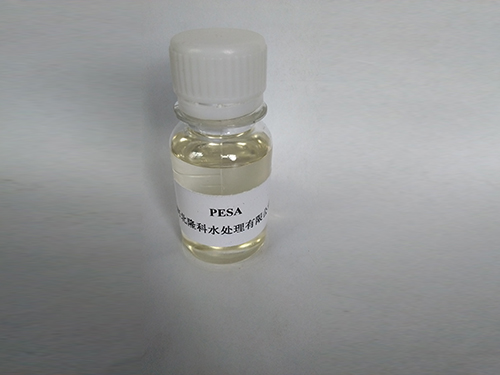coagulants and flocculants
Coagulants and Flocculants Essential Agents in Water Treatment
Water is a vital resource for life, serving both domestic and industrial needs. However, its purity can often be compromised by pollutants, making treatment processes essential. Among the various methods to purify water, the use of coagulants and flocculants stands out as an effective approach to remove suspended particles and colloids. Understanding these two chemical agents is crucial for anyone involved in water treatment and environmental management.
Coagulants The First Step in Water Clarification
Coagulants are substances that promote the aggregation of particles in water, facilitating their removal. Common coagulants include aluminum sulfate (alum), ferric chloride, and polyaluminum chloride. When added to water, these agents neutralize the charges on suspended particles, allowing them to clump together—a process known as coagulation.
The principle behind coagulant action lies in the electrical charges of particles suspended in water. In a typical scenario, these particles possess negative charges, which repel one another and keep them dispersed. Coagulants introduce positive charges, leading to a neutralization of the repulsive forces. Subsequently, the particles begin to form larger aggregates or flocs, which can be removed from the water through sedimentation and filtration.
Flocculants Enhancing the Coagulation Process
While coagulants initiate the aggregation of particles, flocculants further enhance this process by promoting the growth of flocs. Flocculants are typically high-molecular-weight polymers. When added to water, they create a web-like structure that traps the floc particles, allowing them to grow larger and settle more efficiently. Common flocculants include polyacrylamides and natural organic polymers like starches.
coagulants and flocculants

The advantage of using flocculants alongside coagulants is particularly evident in reducing the amount of sedimentation time required and improving the overall efficiency of the water treatment process. In many cases, the interaction between coagulants and flocculants leads to a significant reduction in turbidity, thus achieving clearer water.
Applications and Environmental Considerations
The combined use of coagulants and flocculants is widespread across various industries, including municipal wastewater treatment, drinking water purification, and industrial processes. They are essential in treating water that contains suspended solids, organic matter, heavy metals, and other contaminants. Furthermore, they play a crucial role in reclaiming water from industrial processes, thereby promoting sustainability.
However, the use of these chemicals must be carefully managed due to potential environmental impacts. Excessive use can lead to residual chemicals in the treated water, which may pose risks to aquatic life and human health. Therefore, continuous monitoring and adherence to regulatory standards are necessary to ensure that the treated water is safe for discharge or reuse.
Conclusion
Coagulants and flocculants are indispensable in modern water treatment processes, enabling the effective removal of contaminants and ensuring cleaner water supplies. Their synergistic action not only enhances water clarity but also contributes to environmental sustainability. As we continue to face challenges related to water pollution, investing in research and innovation surrounding these agents is essential for developing more efficient and eco-friendly water treatment solutions.
-
Understanding Polycarboxylic Acids: Properties, Applications, and Future PotentialNewsJul.28,2025
-
Scale Inhibitor Explained: How to Protect Your System from Limescale and Hard Water DamageNewsJul.28,2025
-
Scale and Corrosion Inhibitors: Essential Chemicals for Industrial Water System ProtectionNewsJul.28,2025
-
Polyaspartic Acid: A Biodegradable Polymer for Sustainable ChemistryNewsJul.28,2025
-
Isothiazolinones: A Versatile Antimicrobial Class with Industrial Power and Regulatory ChallengesNewsJul.28,2025
-
A Deep Dive into 2-Phosphonobutane-1,2,4-Tricarboxylic Acid (PBTC)NewsJul.28,2025





